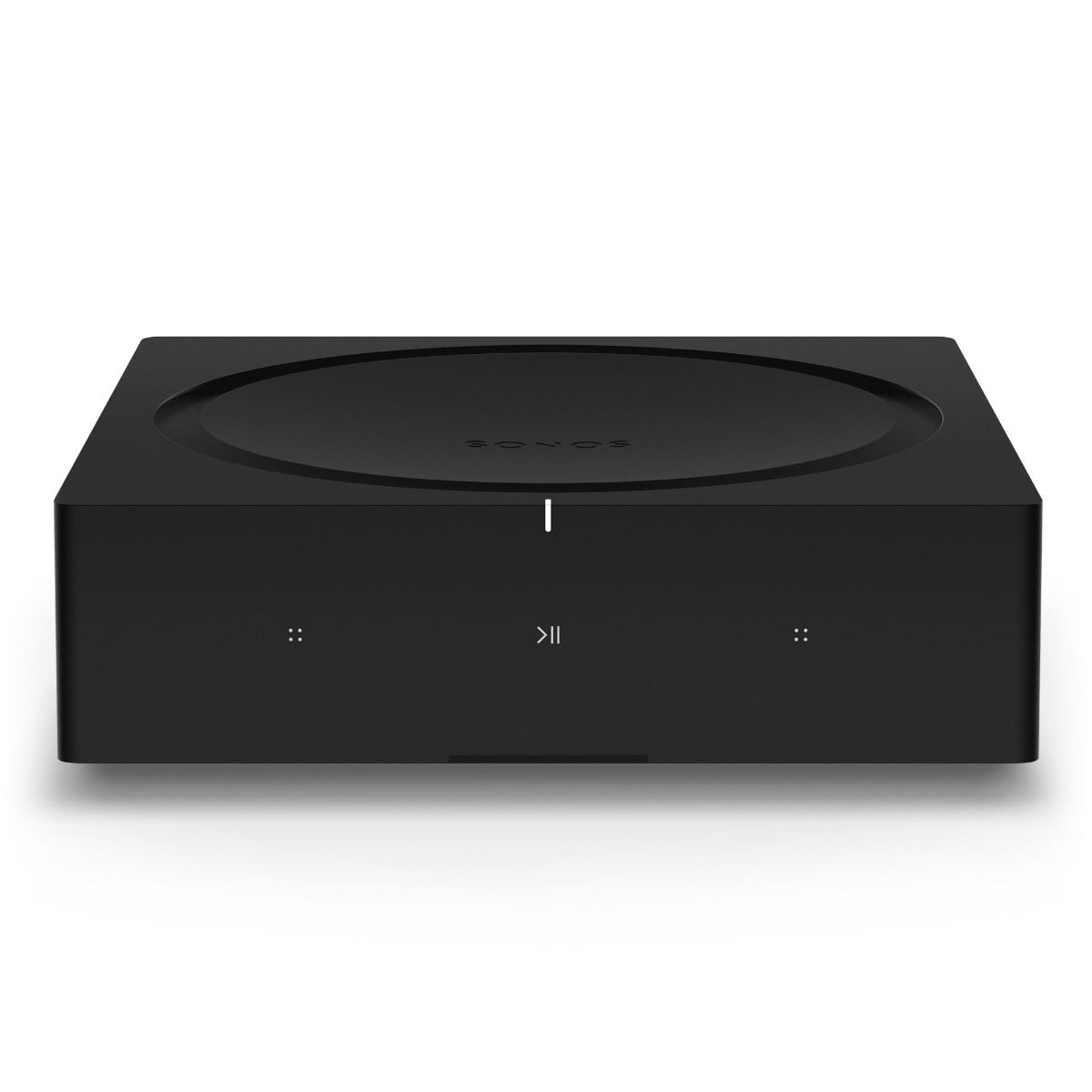Sonos Amp 250W 2.1-Ch Wireless Streaming Amplifier – AMPG1US1BLK
Bring the Sonos experience to your floor-standing, architectural, outdoor, or bookshelf speakers, and connect your TV or turntable. Stream music, radio, audiobooks, and more from all your favorite services, and enjoy easy control with the Sonos app, Apple AirPlay 2, a universal remote or keypad, and your voice with a compatible device. Add Sonos speakers around your home for a more immersive experience. Everything works together over WiFi.
Bring the Sonos experience to your floor-standing, architectural, outdoor, or bookshelf speakers, and connect your TV or turntable. Stream music, radio, audiobooks, and more from all your favorite services, and enjoy easy control with the Sonos app, Apple AirPlay 2, a universal remote or keypad, and your voice with a compatible device. Add Sonos speakers around your home for a more immersive experience. Everything works together over WiFi.
When you buy from Audio Advice, we’re also including an exclusive “Tips & Tricks” video that walks you through the setup using the Sonos S2 app, available only to Audio Advice customers. This video will give you some additional key tricks, and a few other tips to help you get the most out of your audio gear.
The versatile amplifier for powering all your entertainment.
- Enjoy high-fidelity performance with 125 Watts per channel
- Power your bookshelf, floor-standing, in-wall, and in-ceiling speakers
- Stream everything you love with the Sonos app and AirPlay Connect your TV to create the ultimate entertainment system
- Amp is built to last and improve over time
Upgrade your wired speakers
Connect everything from your turntable and stereo to your wired speakers to enjoy vinyl, CDs, stored audio files, and streaming. You can even power outdoor speakers and expand your Sonos system to the backyard.
Amplify your TV experience
Enjoy stereo sound for shows, movies, and video games when you connect Amp to your speakers and TV. Wirelessly add a pair of Sonos One surrounds for immersive home theater.
Designed to keep cool
The rack-mountable design features a specially developed heatsink for optimized airflow and heat management.
Additional information
| Continuous Watts x Channel @ Ohms | 125 x 2 x 8 |
|---|---|
| Total Power Handling | 250 watts |
| Number of Channels | 2.1 |
| Impedance | 8 ohms |
| Amplifier Class | D |
| Featured Streaming Services | Apple Music, Pandora, Spotify, YouTube |






by James
I bought this amp for my main amp and streamer have had it two days and I think this is one of the great amps in its price range. I am using it as stereo with SVS Prime Pinnacle speakers and the P 1000 sub the sound is clean with great base. Highly recommended
by Montana
Unbelievable sounds coming out of my current speakers! The tones and textures are incredible. The SONOS Amp takes a speaker to the next level of sound quality. Feels as if you’re in the studio recording session.